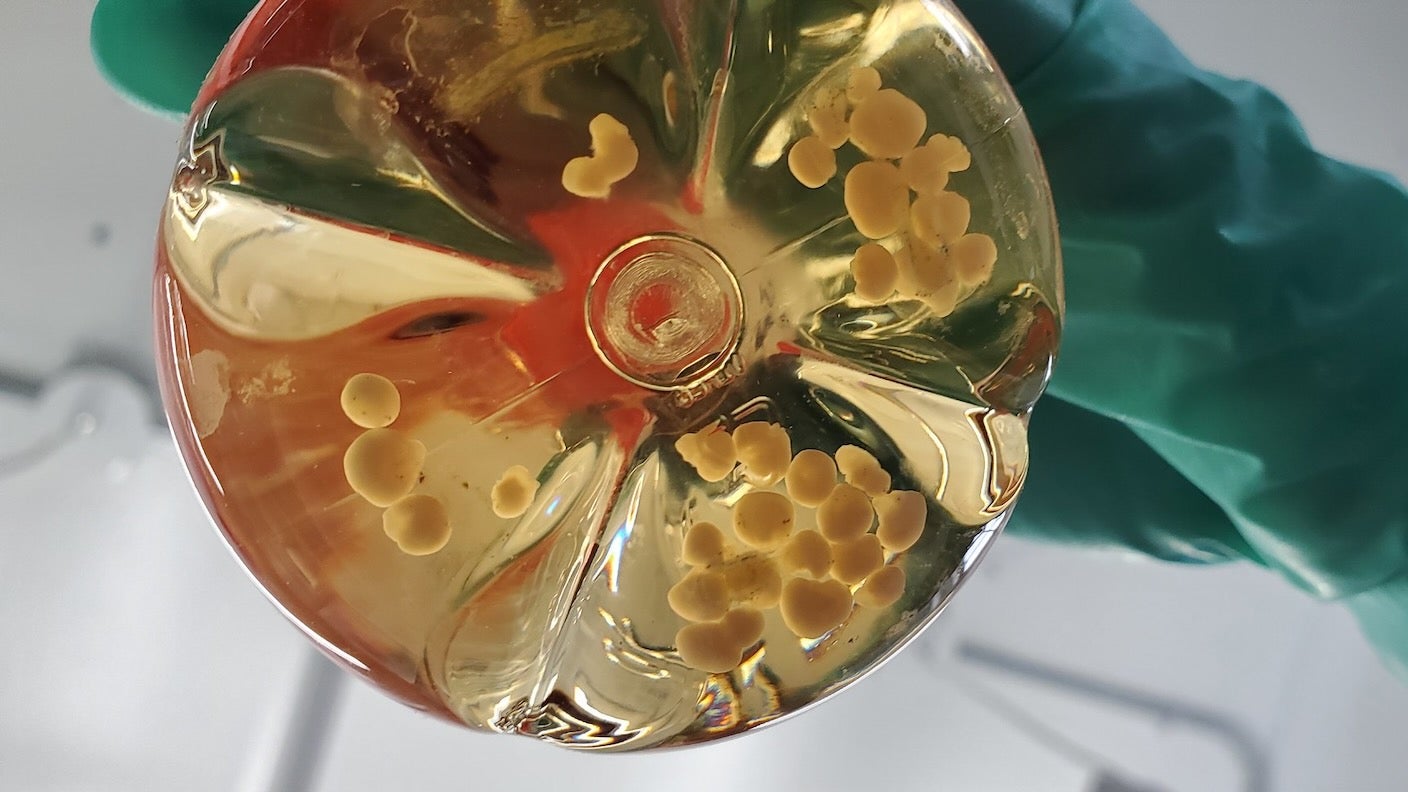
Mini Human Organs Just Got Much Closer to Matching the Real Thing
Miniature organs have a new lifeline. Mimicking the way early human embryos grow blood vessels, scientists nudged multiple types of mini organs to sprout their own vascular networks.
Also called organoids, mini organs capture the intricacies of their natural organ counterparts, including how they grow, communicate, and function. This makes them perfect for research into genetic diseases and testing new drugs. Mini brains, for example, have already shed light on glioblastoma, a deadly brain cancer, and decoded how the brain controls muscles.
Organoids can also help parse genetic and developmental disorders. They carry the same genes as their donors—mini organs are often developed from skin cells—and can mimic a wide range of inherited diseases. They’re especially useful for charting the first stages of human development and can help tease out when and where things go wrong.
Despite their potential, mini organs have been haunted by one problem: They don’t have circulation. Without vessels to provide oxygen and nutrients and to wash waste away, mini organs can only develop so much. Over time, their core eventually dies, and they wilt away.












